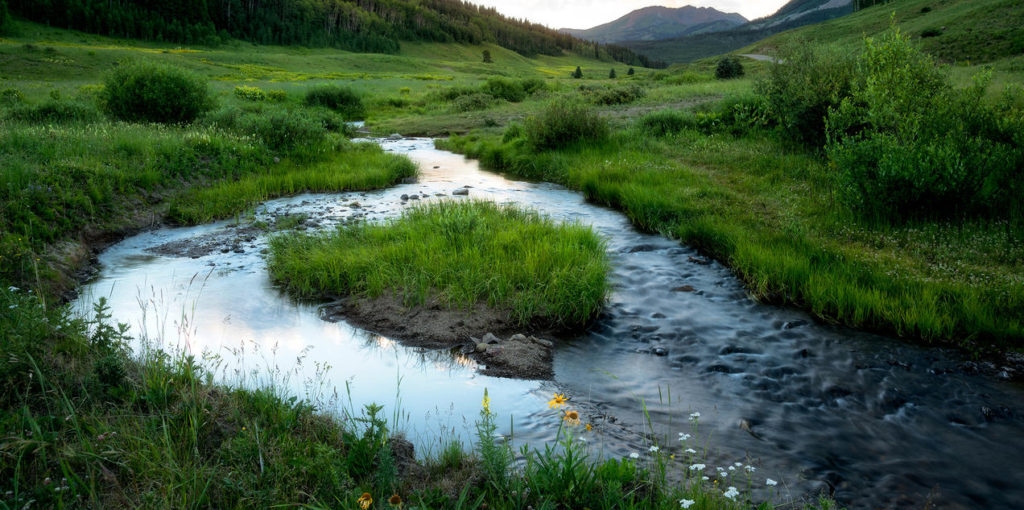
In 2015, the EPA and the US Army Corps of Engineers instituted a regulation known as the Clean Water Rule.
The rule effectively clarified waters that fall under the jurisdiction of the Federal Government.
The rule sought to protect streams, wetlands, and other watersheds from industry using them as places to dump byproducts and other pollutants.
Because these watershed areas affect downstream water health, it was contended that protecting these areas would also protect the cleanliness and purity of the water people use in everyday life.
It goes without saying that protecting these wetland areas also has the potential for a profound impact on the wildlife and the land that we all enjoy as outdoor enthusiasts.
Controversy Over the Clean Water Rule
The rule was not without it’s detractors on both sides of the aisle.
Many saw it as a profound overreach of Federal power, and 13 states sued to block the rule in 2015. A judge issued an injunction, and a series of legal decisions ensued, ultimately resulting in the Rule going into effect.
Repeal of The Clean Water Rule
On September 12th, 2019, The Clean Water Rule was repealed.
According to the New York Times:
An immediate effect of the clean water repeal is that polluters will no longer need a permit to discharge potentially harmful substances into many streams and wetlands. But the measure, which is expected to take effect in a matter of weeks, has implications far beyond the pollution that will now be allowed to flow freely into waterways.
https://www.nytimes.com/2019/09/12/climate/trump-administration-rolls-back-clean-water-protections.html
Supporters of the rollback say it is a win for economic growth and limiting the power of the Federal government, while detractors say it will have devastating effects on watersheds and the communities downstream from them.
We have reached out to several experts for more information and will follow this story and developments closely in the coming months.